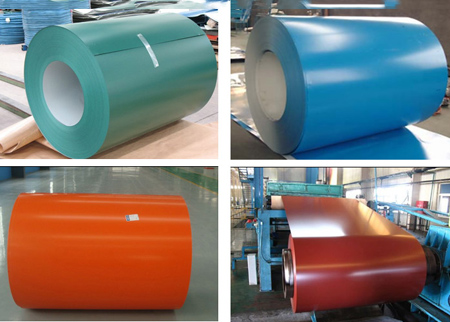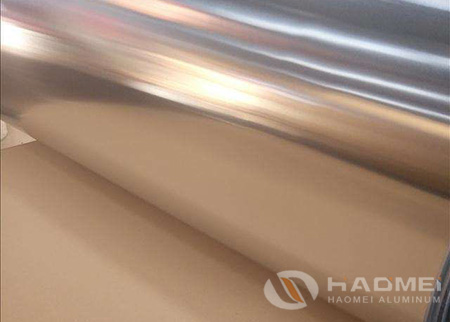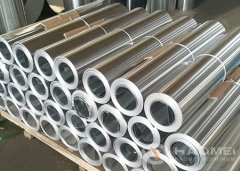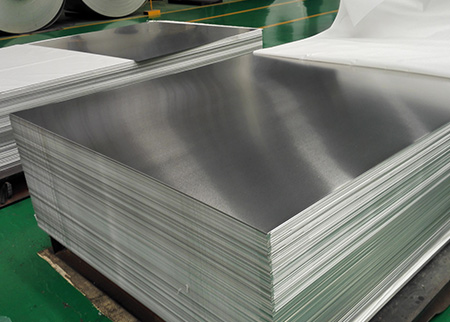



Aluminum is an essential material in the aerospace industry due to its lightweight and high strength properties. It is widely used in the construction of aircraft, spacecraft, and missile structures. Among the various types of aluminum alloys, 7075 aluminum stands out for its excellent strength-to-weight ratio and resistance to fatigue.
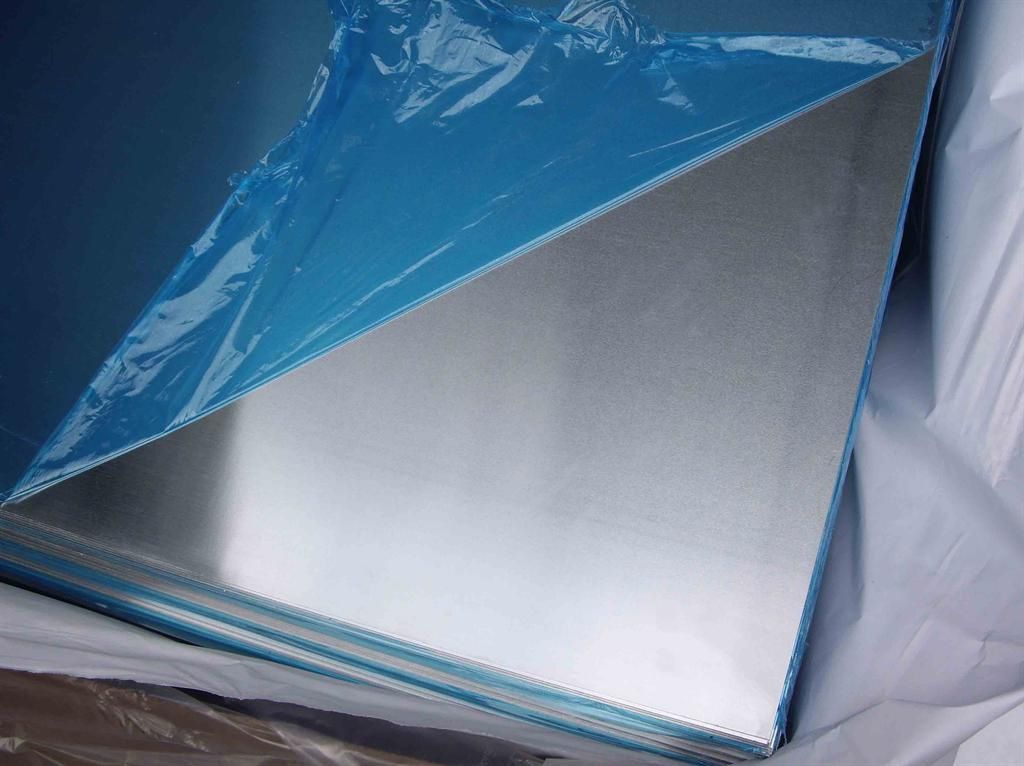
7075 aluminum sheets are commonly used in the aerospace industry for the construction of aircraft structures as aerospace aluminum, such as wings, fuselage frames, and landing gears. The sheets are also used in the manufacturing of helicopter rotor blades, missile parts, and spacecraft components. This material is highly valued in the aerospace industry due to its low density, high stiffness, and outstanding strength properties.
In addition to its high strength, 7075 aluminum has good corrosion resistance and machinability. It can be easily formed, welded, and machined to produce complex parts with tight tolerances. This makes it an ideal material for use in the construction of aerospace aluminum structures that require a high degree of precision and strength.
However, there are some limitations to the use of 7075 aluminum sheets. The material is not suitable for applications that require high levels of formability, such as deep-drawing or stretch-forming. It is also not recommended for use in environments with high temperatures, as it can lose its strength and become prone to stress corrosion cracking.
Despite these limitations, 7075 aluminum sheets have excellent mechanical properties, making them ideal for use in the aerospace industry. Their strength-to-weight ratio, resistance to fatigue, and corrosion resistance make them a popular choice for aircraft structures and other aerospace applications. However, their limitations in terms of formability and high-temperature applications should be taken into consideration when selecting materials for specific aerospace projects.
In summary, 7075 aluminum sheets are highly valuable materials in the aerospace industry due to their outstanding mechanical properties. Their strength-to-weight ratio, resistance to fatigue, and corrosion resistance make them a popular choice for aerospace applications. However, engineers and designers need to consider the limitations of this material, such as its low formability and sensitivity to high temperatures, when selecting materials for specific aerospace projects.
* Thank you for your inquiry. Please provide your business needs information so that we can better serve you.
This information can help us assign the most suitable person to solve your problem. We will give you feedback within 1-2 working days.
Related Blog
